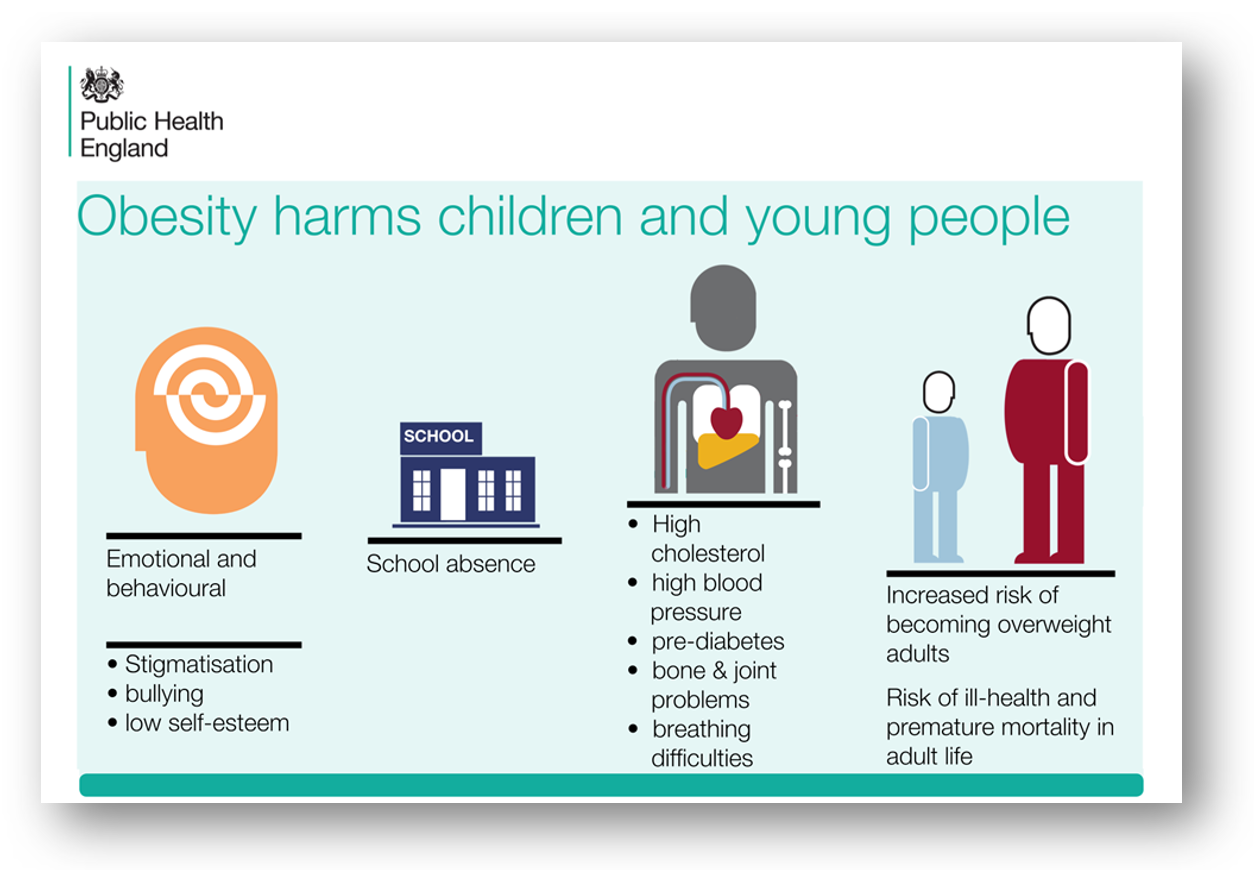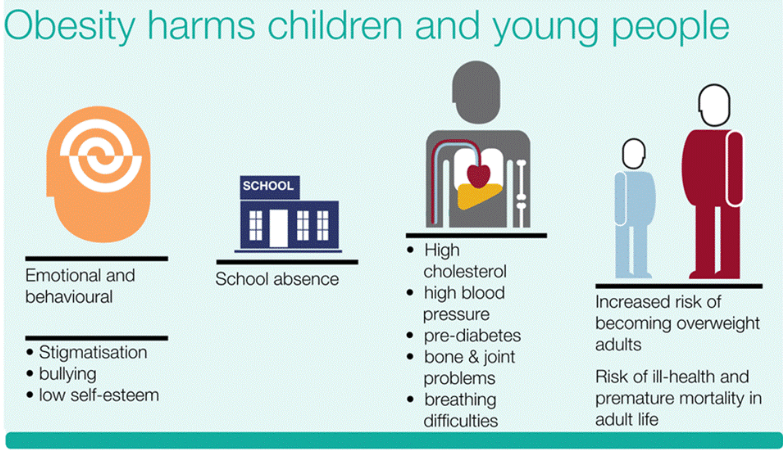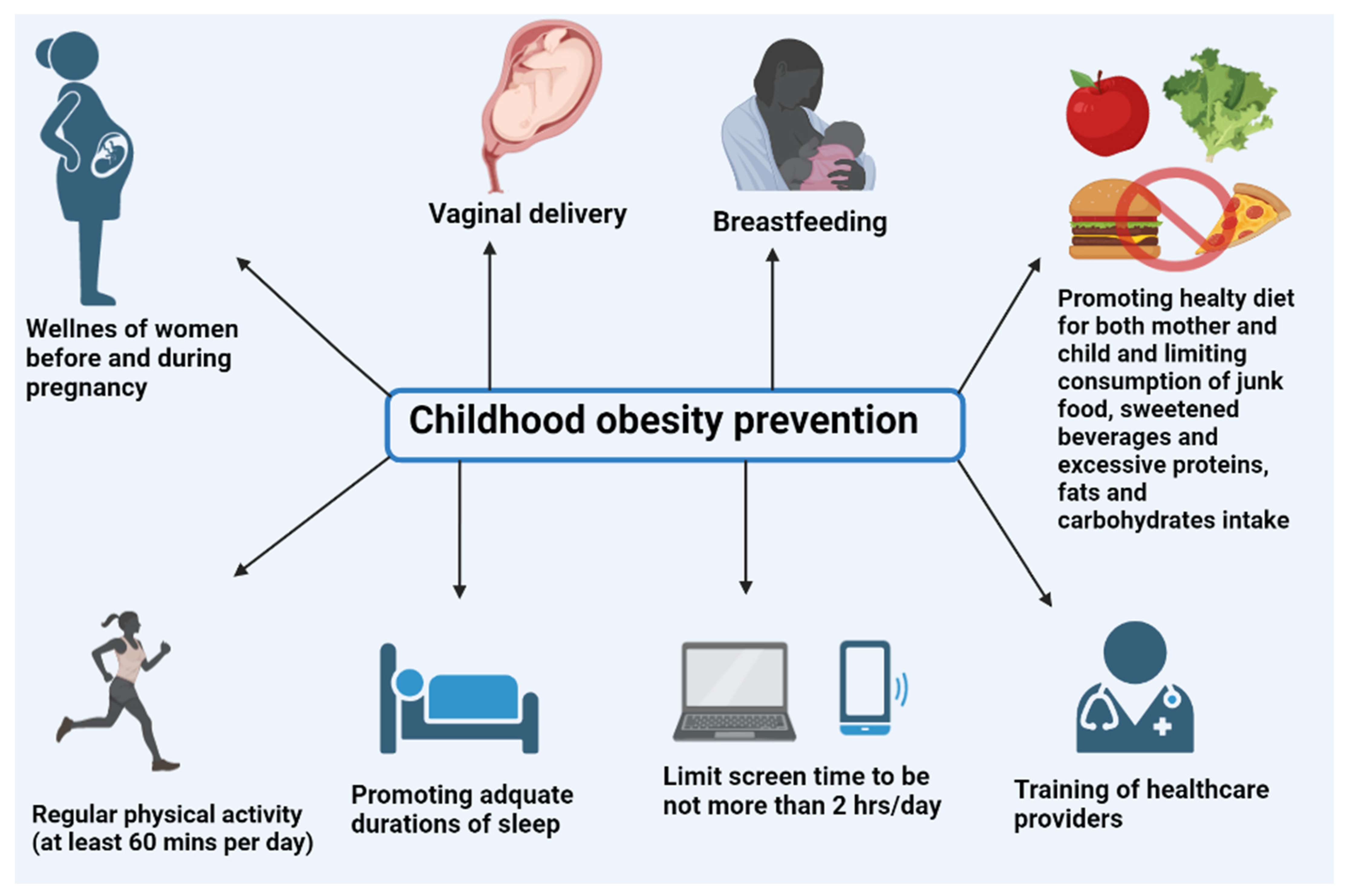Obesity In Children: Why Is It Becoming Such A Problem
In the vast landscape of modern health issues, a dark specter has been steadily on the rise – childhood obesity. With the associated risks tilting the scales towards heart diseases, diabetes, and early mortality, it is a battle that must be fought fiercely. Unhealthy foods, sedentary lifestyles, and increasing screen time are all too often the culprits, conspiring to put our youngest generation at serious risk. Brace yourself as we pull back the curtain on this growing epidemic, and boldly examine why obesity in children has become such an ominous problem.

Understanding Childhood Obesity
“We have come to a point in our story where we must address a growing issue that is gripping nations globally: childhood obesity. Emerging like a challenge-posed enigma, it embodies a convolution of problems demanding urgent attention.
Defining obesity in children
As we initiate our exploration into this realm, it is essential first to define what childhood obesity means. Generally perceived as a condition where a child’s body mass index (BMI), a critical measurement based on weight and height, is significantly higher than their counterparts. Though this simplistic interpretation helps us grasp the fundamental components of the issue, childhood obesity, in reality, is much more intricate.
Statistics on childhood obesity
Tracing the statistical trajectory, we find that the prevalence of childhood obesity has been consistently rising for the last four decades, snowballing into a menace of epic proportions. In the past ten years, alone, the number of overweight children has doubled, while the figure for obese adolescents has quadrupled, making this an issue no longer confined to affluent western societies.
Global prevalence of childhood obesity
Widening our lens and acknowledging the global prevalence of childhood obesity, we find that it no longer discriminates between developing and developed nations. This condition, which was once considered a by-product of high-income countries, is now just as prevalent, if not more so, in low and middle-income countries, particularly in urban locales.
Causes of Child Obesity
To unravel this epidemic and discern its causes, let’s plunge into its probable triggers.
Genetic factors of obesity
Starting with the genetic component, it cannot be denied that hereditary factors do influence a child’s predisposition to obesity. Research indicates that children with obese parents are at a higher risk of developing the condition themselves.
Environment and child obesity
Delving into the environment’s role, we find an avalanche of factors. The rise in sedentary lifestyles, amplified screen-time, and reduced outdoor activities all contribute to creating an environment conducive to childhood obesity.
Eating habits and lifestyle
Not far behind is the critical part played by evolving eating habits and lifestyle. Fast foods and processed edibles with high sugar and fat levels have become dietary staples. Added to this, the trend of frequent snacking and portion distortion exacerbates the situation.
Effect of advertisements and media
Finally, we must also consider the impact of advertisements and media, which play a significant, and often underestimated, role in shaping children’s eating habits. Children are continuously bombarded with marketing campaigns for unhealthy foods and drinks, shaping their preferences early on in their life.
Health Risks of Obesity in Children
The collateral damage of childhood obesity extends well beyond weight, seeping into health domains, both immediate and long term.
Immediate health risks
Among the immediate health risks, we have seen childhood obesity linked with elevated blood pressure and cholesterol, increased risk of impaired glucose tolerance, insulin resistance, and type 2 diabetes.
Long term health risks
Children who grapple with obesity may continue struggling with weight as adults. It casts a long, often unshakeable, shadow, setting the stage for coronary heart disease, stroke, and multiple forms of cancer.
Mental health issues and obesity
Often overlooked, yet just as devastating, are the mental health issues creeping alongside obesity. Anxiety and depression, low self-esteem, and body dissatisfaction are common amongst obese children and adolescents.
Future risk of adult obesity
Extending our gaze to the future, we cannot ignore the likelihood that obese children will become obese adults. As we have learned from countless studies, adult obesity is often grounded in habits and lifestyle patterns established during childhood.
Obesity and Education
The ripple effect of obesity doesn’t stop at health. It stretches its tendrils into the realm of education, influencing academic performance, social relationships, and continuity of education.
Impact on academic performance
We find evidence suggesting a correlation between obesity and lower academic performance. Cognitive function, concentration, and school attendance rates may all be negatively impacted.
Social stigma and bullying
Childhood obesity also exposes young ones to the harsh realities of social stigma and bullying. The negative stereotyping and bias can result in social isolation, further affecting their emotional well-being.
Continuity of education
The adverse effects of obesity can, in extreme cases, impact the continuity of education. Health complications may result in missed school days, impacting both academic performance and social interaction.

Role of Parents in Fighting Child Obesity
Parents have an irreplaceable role in combatting this condition, defined by promoting healthy eating habits, encouraging physical activity, and playing a part in behavioral change.
Promoting healthy eating habits
Parents serve as the first line of defense against unhealthy eating habits as they can regulate mealtimes, monitor food intake, and introduce a diversity of nutritious foods.
Encouraging physical activities
Alongside diet, parents can foster an active lifestyle, inciting their children to partake in physical activities on a regular basis, thus reducing screen time and promoting overall well-being.
Role of parents in behavioral change
Parents also hold the key to fostering behavioral change, leading by example, setting ground rules, and being the bastions of a healthier lifestyle, thereby altering the trajectory of their child’s health.
Schools’ Responsibilities in Tackling Childhood Obesity
Schools, as second homes to children, share an immense responsibility in addressing childhood obesity.
Incorporating physical education in curriculum
Incorporating physical education into the school curriculum is an integral starting point, ensuring that children are exposed to regular physical activity.
Healthy school meals
Providing healthy school meals, too, is critical. Schools have the opportunity and responsibility to influence children’s dietary habits positively.
Creating an overall healthy school environment
Cornucopia is the creation of an overall healthy school environment, comprising not only dietary guidelines and physical activities but also fostering an atmosphere that encourages body positivity and self-respect.

Societal and Environmental Factors Influence on Child Obesity
Broader societal and environmental factors also bear palpable influence on childhood obesity.
Availability of unhealthy food
The ubiquitous availability of unhealthy food is a significant driver, creating a ‘toxic food environment’ where high-calorie, low-nutrient food is readily accessible.
Recreational facilities and physical activity
The dwindling accessibility to recreational facilities and safe play areas is another environmental factor preventing children from leading an active, healthy life.
Influence of societal norms and advertising
Societal norms, along with persuasive advertising, shape children’s perception of food and their dietary habits. Advertisements of unhealthy food products contribute to the overall culture of excessive eating.
Government Policies and Child Obesity
The government, too, plays a pivotal role in the battle against childhood obesity through policies, regulations, and initiatives.
Government regulations on food and beverages
Top of the list are government regulations on food and beverages – setting nutritional standards, labelling requirements, and advertising restrictions, especially for products appealing to children.
Government initiatives to promote physical activity
Government initiatives play a crucial role to promote physical activity, such as improving public parks, playgrounds, and bike tracks, thereby creating an environment conducive to a healthy lifestyle.
The impact of government policies to address child obesity
Collectively, government policies have a profound impact in addressing childhood obesity. They can provide a conducive environment that encourages healthy habits, making it easier for individuals, families, and communities to make healthier choices.

Treatments and Interventions for Childhood Obesity
Treating childhood obesity requires a multi-dimensional approach.
Medical interventions
Medical interventions, tailored to each child’s needs, often start with a thorough evaluation followed by a comprehensive treatment plan. This typically includes dietary changes, physical activity enhancements, and where needed, medication.
Lifestyle changes and interventions
Lifestyle interventions also form a major part of the treatment, with emphasis on healthy diet patterns, increased physical activity, and improving the child’s emotional mindset towards health and body image.
Role of counselling and psychotherapy
Psychotherapy and counselling for the child and the family play a pivotal role. They help in addressing emotional issues, developing coping mechanisms, and fostering lifestyle modifications.
Preventing Childhood Obesity
On the road to prevention, we must mobilize our resources towards promoting a healthier lifestyle, making early interventions, and propagating moderate education and awareness.
Promotion of healthy lifestyle
Promoting a healthy lifestyle helps lay the foundations for a healthy childhood, adolescence, and adulthood. This includes making healthy food choices, incorporating physical activity into daily routines, and limiting sedentary behaviors.
Early interventions
Early interventions, recognizing unhealthy habits from the get-go, can play a significant role in combatting child obesity.
Role of education and awareness
Finally, the role of education and awareness cannot be overemphasized. Understanding the immediate and future risks posed by childhood obesity is crucial to inspire change at every level.
In conclusion, the story of childhood obesity is a tale that needs urgent and comprehensive tackling. A collective effort, transforming every aspect of society, is required to turn the tide against this growing problem. The fight against childhood obesity is not just for the sake of health, or education, or societal wellbeing, it is a fight for the future.”


Pingback: Adolescent Obesity In Arab Countries Who